In the ever-evolving landscape of timekeeping technology, the digital watch stands as a testament to human ingenuity and innovation. From humble beginnings to cutting-edge wearable devices, the journey of the digital watch spans decades of technological advancements and cultural shifts. Join us as we embark on a fascinating exploration of the evolution of the digital watch, tracing its remarkable transformation through time.
- Birth of the Digital Era: The story of the digital watch begins in the early 1970s, a time of burgeoning interest in electronic gadgets and advancements in microelectronics. In 1972, the Hamilton Watch Company introduced the groundbreaking Pulsar P1, the world’s first digital watch. Featuring a red LED display and powered by a cutting-edge quartz movement, the Pulsar P1 captured the imagination of consumers and heralded the dawn of the digital era.
- Rise of Casio and LCD Technology: Throughout the 1970s and 1980s, Japanese electronics giant Casio emerged as a dominant force in the digital watch market. Leveraging advancements in liquid crystal display (LCD) technology, Casio introduced a wide range of digital watches that combined functionality with affordability. From the iconic Casio F-91W, known for its durable design and long battery life, to the feature-rich G-Shock series, Casio redefined the modern digital watch landscape with innovative designs and cutting-edge features.
- Integration of Smart Features: As technology continued to evolve, digital watches began to incorporate smart features beyond simple timekeeping. In the early 2000s, companies like Suunto and Garmin introduced digital watches tailored for outdoor enthusiasts, equipped with GPS navigation, altimeter, barometer, and compass functionalities. These rugged and reliable devices revolutionized outdoor adventures, providing essential tools for navigation and exploration in remote environments.
- The Advent of Smartwatches: The 2010s witnessed the emergence of a new breed of digital watches: smartwatches. Combining the functionality of traditional timepieces with the capabilities of smartphones, smartwatches became essential companions for modern living. In 2015, the launch of the Apple Watch marked a significant milestone in the evolution of smartwatches, sparking a wave of innovation and competition in the wearable technology market. Today, smartwatches offer a plethora of features, including fitness tracking, notifications, voice assistants, contactless payments, and customizable watch faces, empowering users to stay connected and productive on the go.
- Focus on Health and Wellness: In recent years, digital watches have increasingly emphasized health and wellness tracking features. From heart rate monitoring and sleep tracking to stress management and blood oxygen saturation measurement, smartwatches have evolved into comprehensive health companions that provide valuable insights into users’ well-being. With the integration of advanced sensors and algorithms, digital watches have become indispensable tools for monitoring and improving overall health and fitness.
- Personalization and Customization: In addition to functionality, personalization has become a key aspect of the modern digital watch experience. With customizable watch faces, interchangeable straps, and app ecosystems, users can tailor their digital watches to reflect their unique style, preferences, and interests. Whether it’s a sleek and minimalist design or a bold and expressive statement piece, digital watches offer endless possibilities for self-expression and customization.
- Looking Towards the Future: As technology continues to advance at a rapid pace, the future of the digital watch holds limitless possibilities. From advancements in materials and battery technology to integration with emerging technologies like augmented reality and biometrics, digital watches are poised to become even more versatile, intuitive, and indispensable in the years to come. Whether it’s enhancing productivity, promoting health and wellness, or simply telling time with style, the digital watch remains an enduring symbol of human innovation and progress.
In conclusion, the evolution of the digital watch is a testament to the transformative power of technology and human creativity. From its humble beginnings as a revolutionary timekeeping device to its current status as a multifaceted wearable companion, the digital watch has continuously adapted to meet the changing needs and desires of consumers. As we look towards the future, one thing is certain: the journey of the digital watch is far from over, and the best is yet to come.

